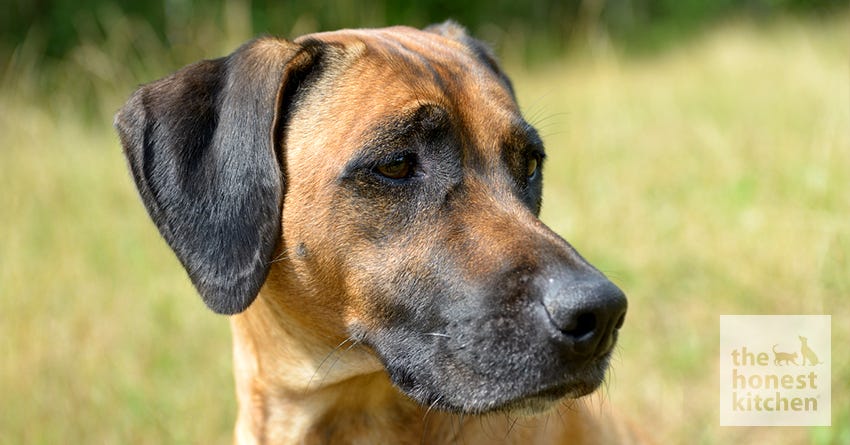The Long and Short of Dog Noses


Dog Breeds With Long Noses
Dogs have a very advanced sense of smell. This is due to the number of scent-detecting cells located along the bony ridge in the dog's nose. The bigger the nose, the more of this sort of cell fits into it and the better the dog's sense of smell.
The Bloodhound has the highest number of scent-receptors, around 300 million. His nose isn't necessarily the longest, but the combination of the length of his nose and its width give it a larger area to house these cells. The German Shepherd and the Beagle both have about the same number of these cells, around 225 million. Although the German Shepherd has a long nose, it's relatively sleek, while the Beagle nose is squarer, again affording a larger area. A dachshund's nose has around 125 million of these cells. Humans, on the other hand, have about 5 million of these scent sensors in their noses. Small wonder dogs get so engrossed in scents people can't even detect. Dogs were bred for certain characteristics, both physical and temperamental. Dogs that were bred for hunting and tracking, like the Bloodhound, Beagles, and others were bred to have larger noses so they could track scents better.

Dog Breeds With Short Noses
The flat-faced dogs are also the result of selective, intentional breeding. Shih Tzu and Pekinese dogs seem to have been bred with flatter faces and large eyes more for aesthetic reasons. Bulldogs were originally bred to fight bulls. Everything from their under-developed hindquarters to their slightly jutting lower jaw—including their flat snouts—was developed to help them survive the fight and kill the bull. The flatter snouts of these breeds of dogs not only lead to a less sophisticated sense of smell than many of their brethren, it also leads to a variety of health issues.


